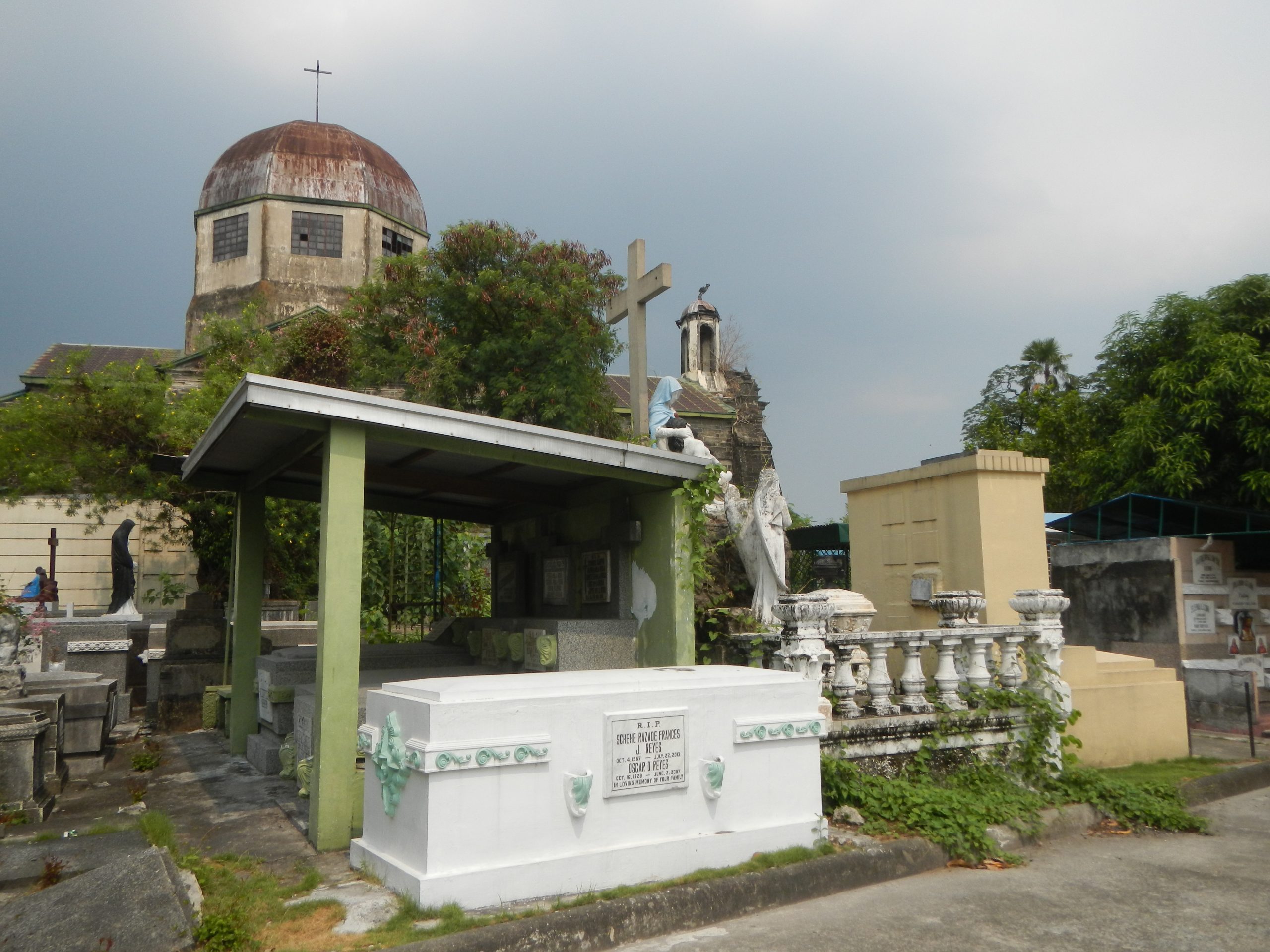It’s common to see cemeteries close to the grounds of Catholic churches in the Philippines. In many regions of the country, the setting wherein a burial and commemoration place is only a few minutes away or sometimes even directly beside a church is a familiar sight for Filipinos. Still, the reason behind it is not commonly explained. The close proximity of a semi-public place designated for the dead and a religious structure is definitely an intriguing practice and the spirituality of the Filipinos is part of the explanation.
Historical and cultural factors influence the unique layout of semi-public spaces, but it is important to note that this phenomenon exists not only in the Philippines, but in many parts of the world. The connection between death and spirituality is commonly tied to various religious practices, particularly those that subscribe to the belief in an afterlife. The link between cemeteries and Catholic churches is deeply woven into Filipino traditions, and as the Day of the Dead celebrations approach, it is essential to understand how this practice has become integrated into the Philippines’ modern urban design. In this article, we will explore the symbolic meaning behind the physical connection between cemeteries and Catholic churches.
Why Are Cemeteries Always Next To A Catholic Church?

Image from Wikipedia
In the Philippines, placing a cemetery next to a Catholic church is conventional, but it is not necessarily an absolute rule in modern urban planning. Instead, this design is influenced by the Philippines’ rich religious history and the cultural impact left by 300 years of colonization under the Spaniard rule. The typical close proximity of cemeteries and a Catholic church is more of a layout that has been carried over the years, rather than it being a common modern practice.
According to an article published in The Crafty Historian, before the Spaniards arrived and forced Catholic practices into the culture of pre-colonial Filipinos, the dead were buried in little hills or tumuli. However, these are not the only burial practices that exist in the country. The utilization of sarcophaguses was present in the traditional burial practices in Cavite, while in Apayao, the coffin of the dead is usually buried in a lot owned by the family members.
Nowadays, we see cemeteries close to Catholic churches for a couple of reasons, but one of the biggest is that Christian practices dictate that the burial of those who have passed on must be conducted in one designated place, and the place that suited such tradition is what the Catholic religion considered the holiest: the church. During the Spanish era, individuals who belonged to higher social classes were allowed a burial place inside the church, near the altar. Those who were considered a threat to the Spanish kingdom like the Chinese immigrants who still converted to Christianity were also buried in cemeteries near a church outside the walled city of Intramuros.
Philippine Cemeteries Today
Many cemeteries established after the Spanish period still have churches or chapels located inside or near the area. The Himlayang Pilipino Memorial Park located in Tandang Sora, Quezon City was established in 1971. In the middle of the grounds is a Catholic church where masses are frequently celebrated. Indeed, seeing a cemetery connected to a Catholic church is something many Filipinos are familiar with. In a sense, it is a symbolic representation of the way Catholic Filipinos revere and trust the concept of life after death that is intricately woven into the holiness of Catholic churches. The connection is not a requirement in urban planning, rather it is a design that reflects one of the most beautiful aspects of Filipino culture.
References
- The Crafty Historian. (2018, August 12). The Cemeteries of Old Manila – The Crafty Historian. The Crafty Historian. Retrieved October 19, 2023, from https://jardinsolei.wordpress.com/2018/08/12/the-cemeteries-of-old-manila/
- Wikipedia. (n.d.). Churchyard. Wikipedia. Retrieved October 19, 2023, from https://en.wikipedia.org/wiki/Churchyard
- Wikipedia. (n.d.). Funeral practices and burial customs in the Philippines. Wikipedia. Retrieved October 19, 2023, from https://en.wikipedia.org/wiki/Funeral_practices_and_burial_customs_in_the_Philippines










